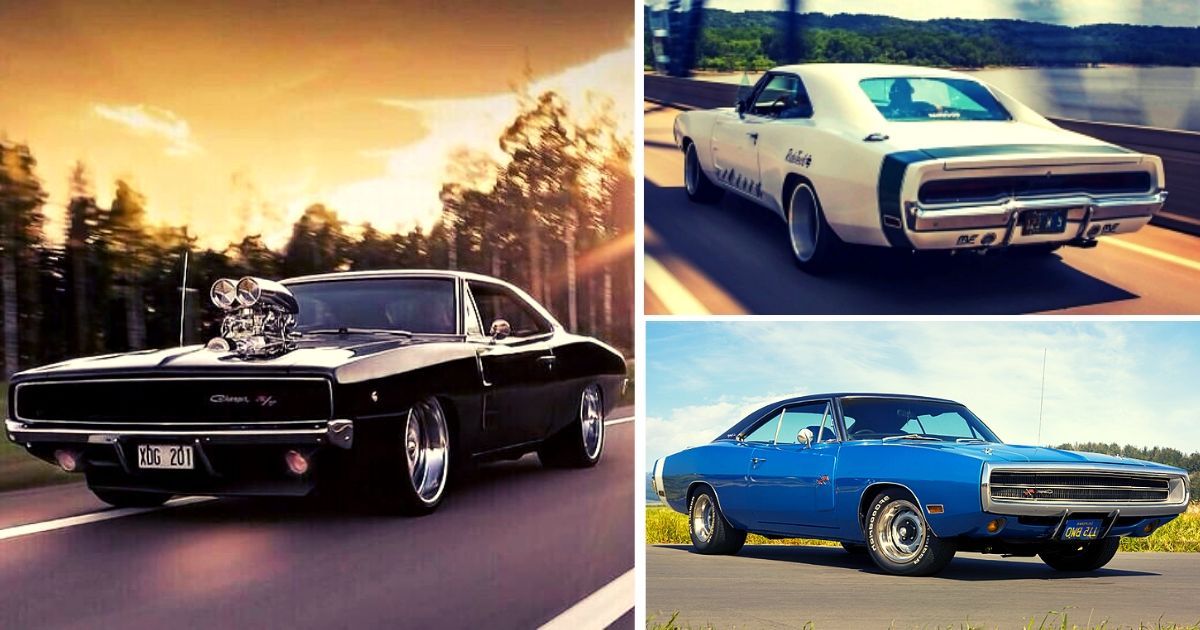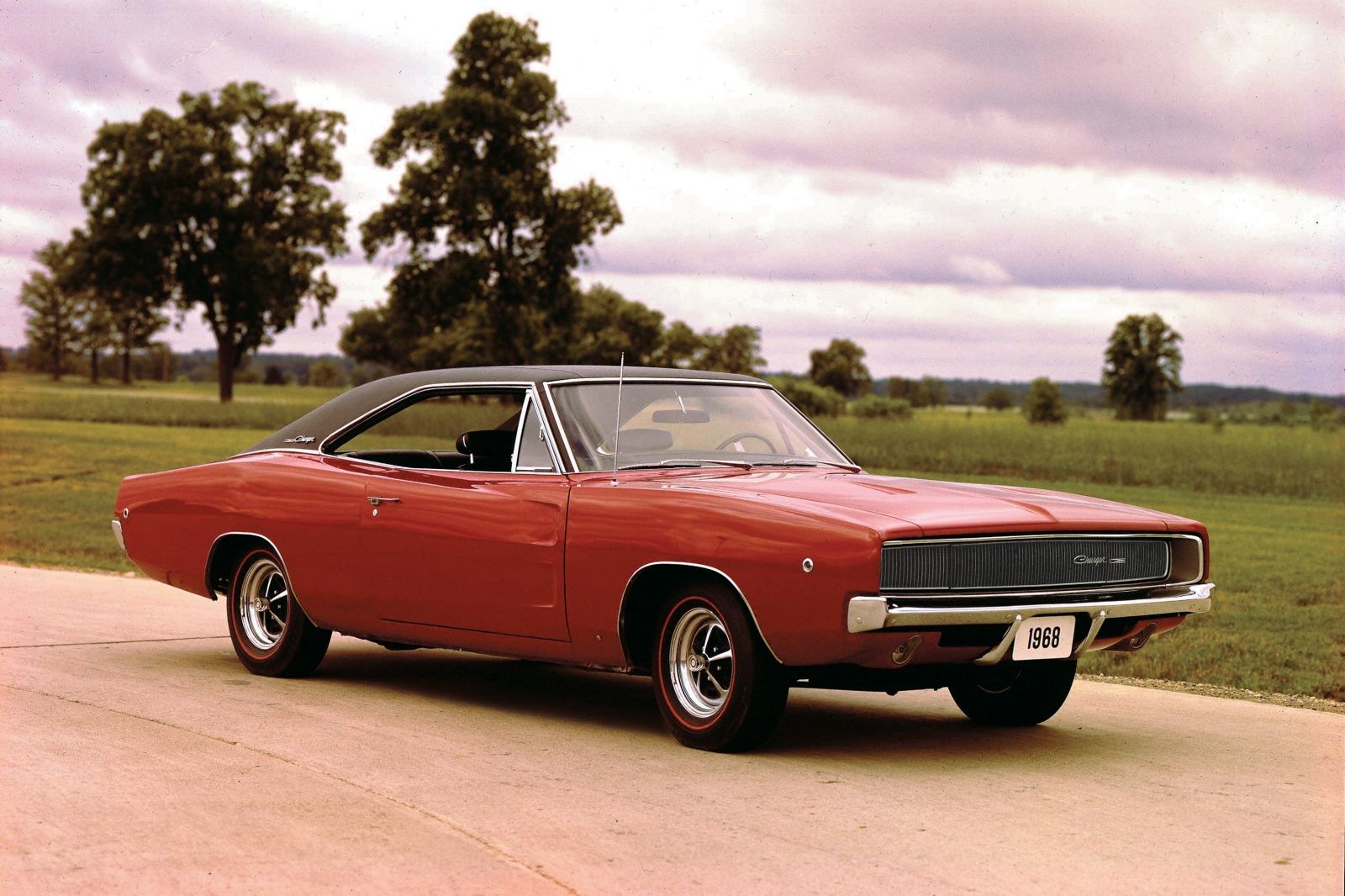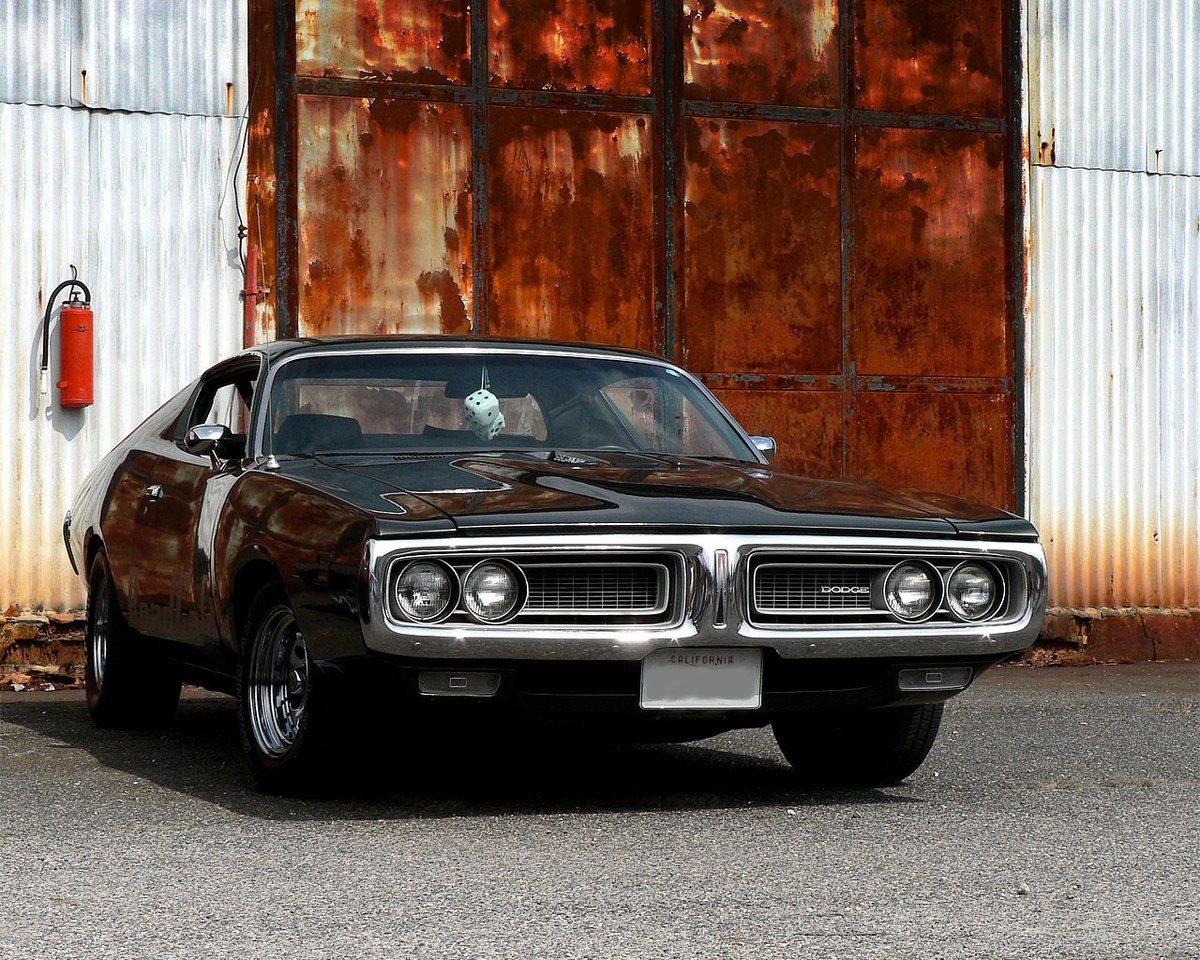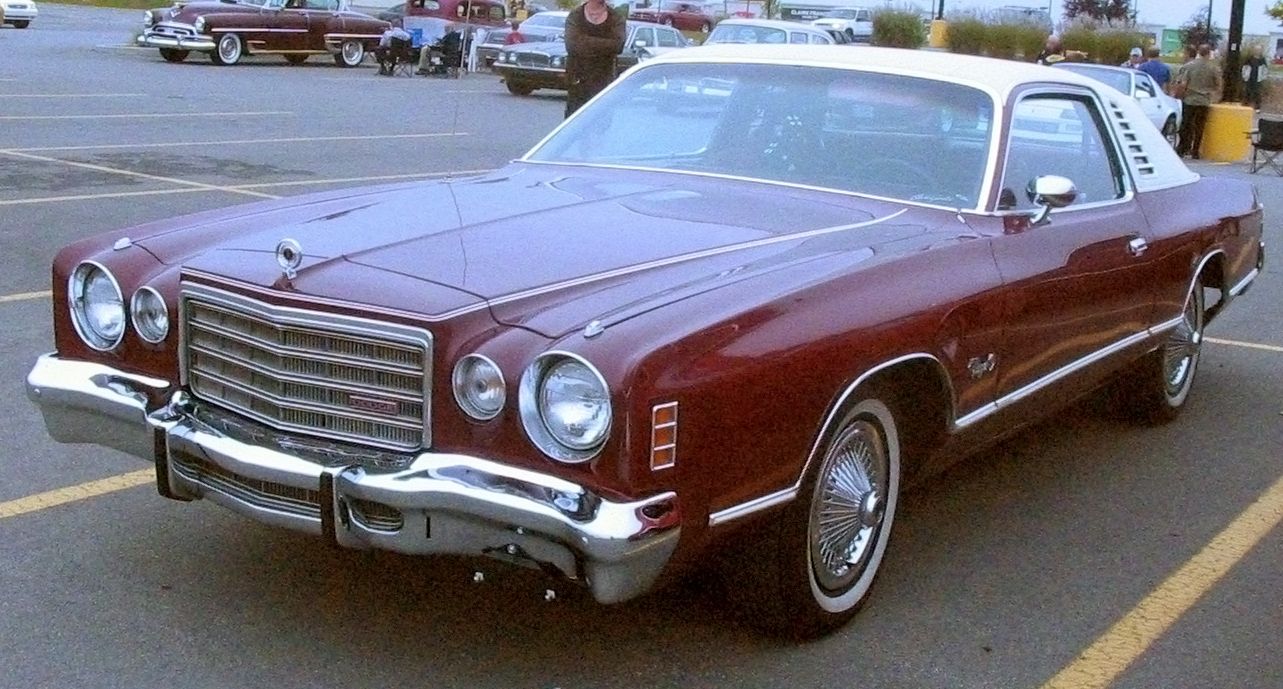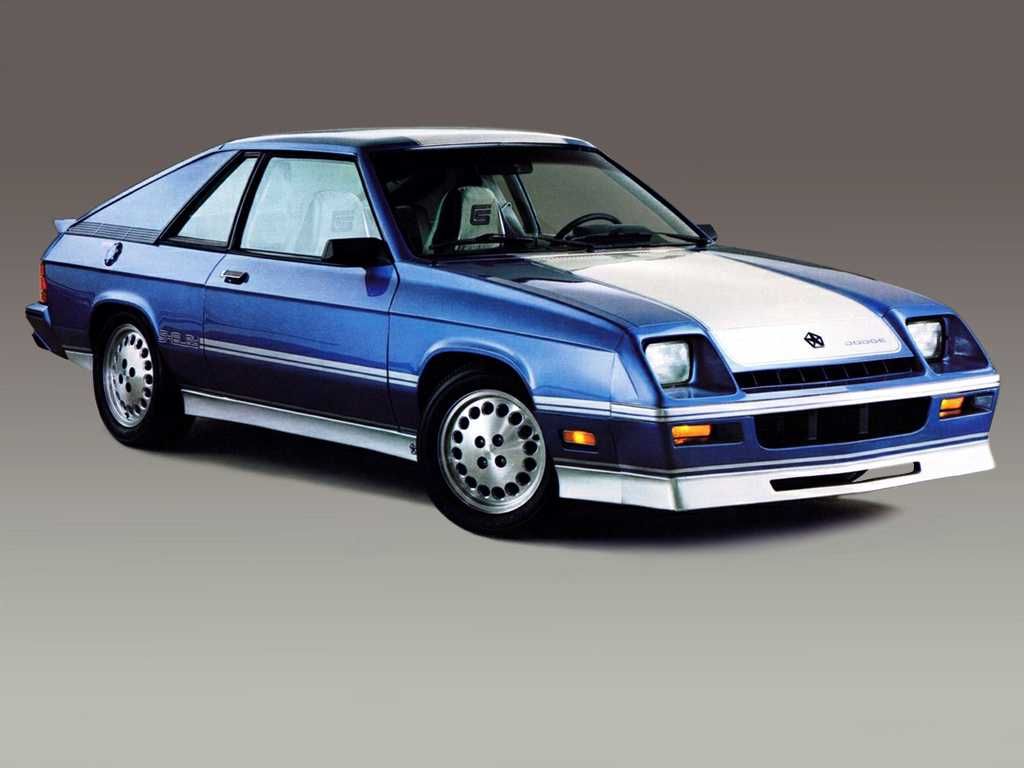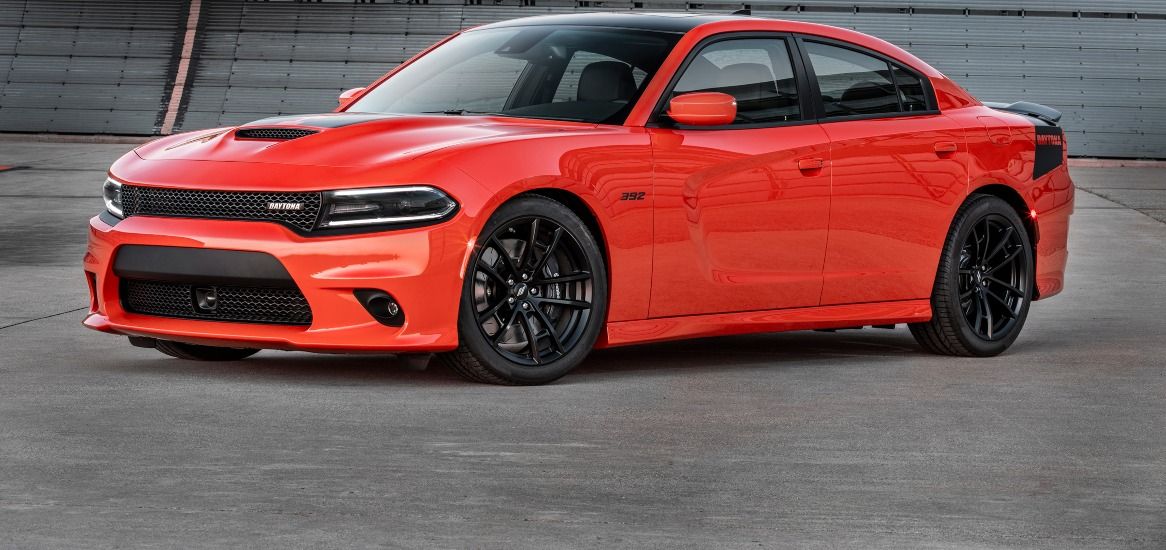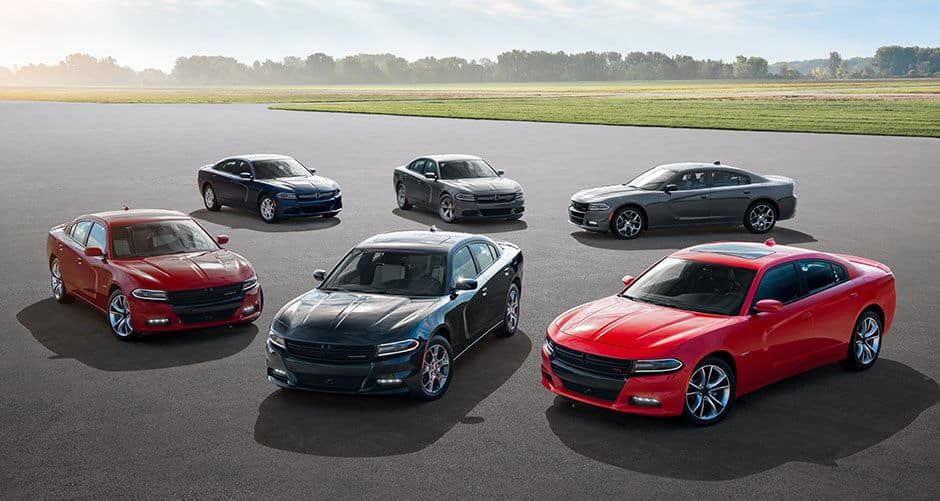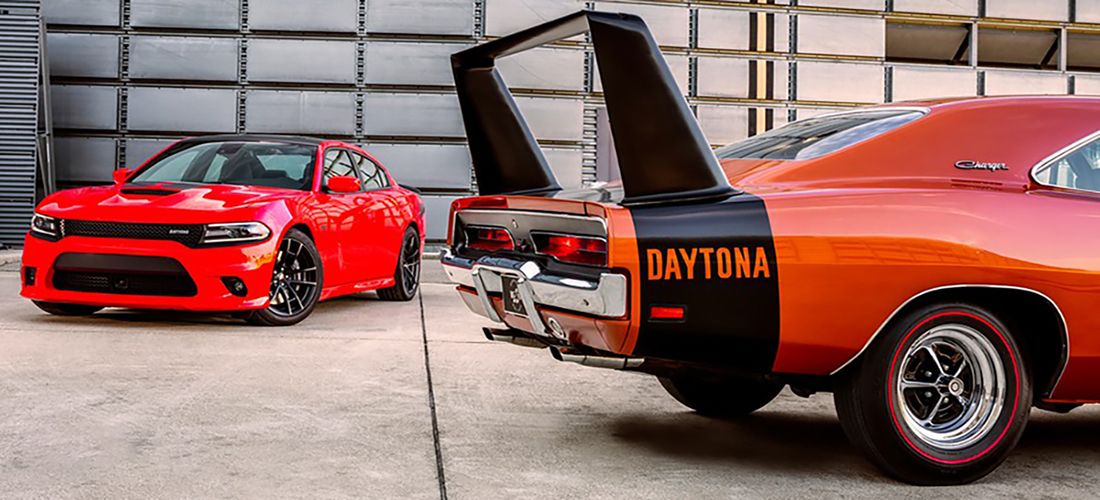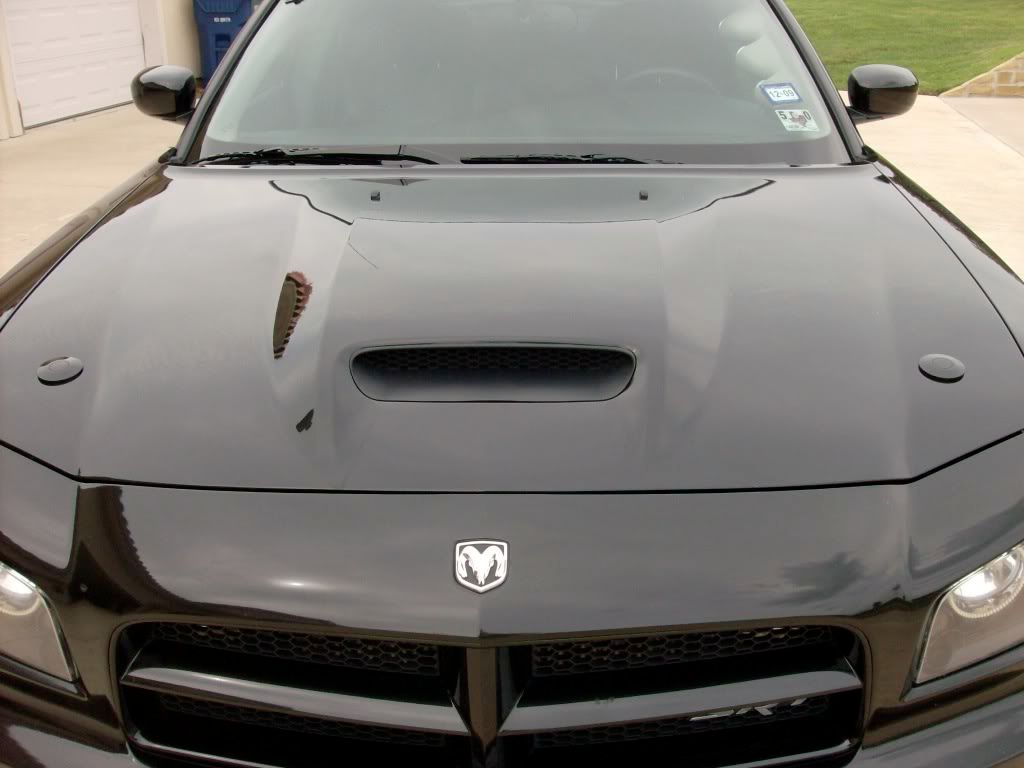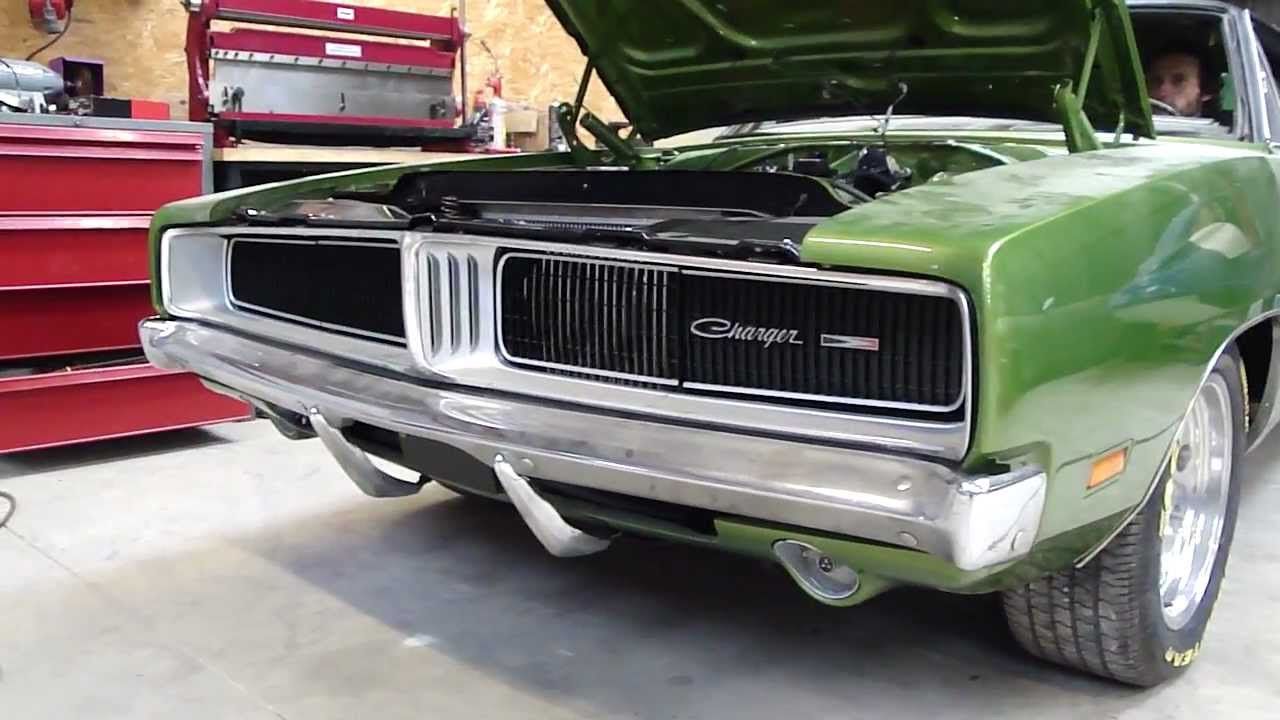The Dodge Charger is a car model made by Dodge, an American automobile brand based in Auburn Hills, Michigan. Dodge vehicles include performance cars, but typically revolve around functional, sturdy, and versatile cars - hence, the Charger.
The first Charger was a show car back in 1964. One year later, the Charger II concept car spurred the creation of the first model in 1966. Let's dive into how the Dodge Charger has grown over the years, and how many things have stayed the same.
We love how Dodge has kept the classic look throughout all of the models - and doesn't do any crazy mods like these. We also love seeing Dodge owners restoring their decades-old vehicles to stunning automobiles.
Let's see the history and evolution of the Dodge Charger, and why it is so cheap to restore in today's automobile world...
Charger models
The three main versions of Dodge Chargers are mid-size two-door, a subcompact car, and the full-size platform four-door sedans in 2006. The midsize car used a B-body that was based on the Chrysler B platform. The subcompact version used an L-body that was based on Chrysler's front wheel drive L platform.
First Generation: 1966-67
The Dodge Charger was first introduced for the 1966 model year, containing a two-door fastback body design and four bucket seat interior. These first two years were categorized by low sales, and Dodge really trying to find their footing with this new model.
Second Generation: 1968-70
The second generation had more success, with a high-demand in place, increasing their original production numbers to a whopping 96,000. Based on the Chrysler B platform, the model years received numerous changes to both the interior and exterior of the vehicle, adding an undivided grill and rounded tail lights.
Third Generation: 1971-74
The third generation began in the 1971 model year and was now available in six different packages with various cosmetic changes that included a split grill and ducktail spoiler.
Fourth Generation: 1975-78
The 1975 model year featured a restyled B-body, and tried to move into the personal luxury car market segment. Dodge continued in the luxury car market when it produced the Charger and Dodge Magnum at the same time.
Fifth Generation: 1982-87
The Charger returned in 1982 with a subcompact hatchback coupe with a front-wheel drive and the option of either a five-speed manual or a three-speed automatic transmission. The Charger was now also available with either a NA 2.2-liter SOHC engine or a turbocharged SOHC engine.
Sixth Generation: 2006-2010
After a huge gap in production, Dodge reintroduced the Charger in 2005 for the 2006 model year. The generation was now only available as a four-door sedan using the Chrysler LX platform, intending to be like the Chargers of the 60s and 70s.
Since there was such a big gap in production, there were a lot of changes made for this model due to the advanced technologies now available. The basic SE model included a 2.7-liter V6 engine, 5-speed automatic transmission, 17-inch wheels, air conditioning, traction control, ABS, tilt steering column, power lock mirrors and windows, and remote key-less entry.
Seventh Generation: 2011-present
The Dodge Charger received a new interior and exterior styling for the 2011 model year. This featured new side scoops, angular headlights, new grille styling, and an aerodynamic shape. The reader end gained a modern wrap-around LED tail light across the entirety of the trunk.
The 3.5-liter 250 horsepower V6 engine was also replaced by the Chrysler Pentastar 3.6-liter engine, which produced 292 horsepower at 6350 rpm. The 4-speed transmission was replaced with 5-speed A580 auto for increased performance.
The Same Paint
You might be wondering with all of these changes how the Dodge Charger can be cheap to restore over time. Well, it's because so much of the parts and exterior and interior styling actually stayed the same throughout the years.
All B-Body cars were finished with the same enamel paint, regardless of color. If you need to repaint your car, you can look at the fender tag that consists of two codes defining the specific upper and lower body paint.
Almost Identical Hoods
The hood used a different part number for various models, but the hoods all look alike, especially between certain generations. For example, the 1968-70 hoods look almost identical, featuring two indentations that simulated air vents.
The Super Bee and Charger R/T both used a dome hood, with the same part number. This hood featured a raised center section with a cutout in the center to simulate decorate vents.
In 1968 and 1969, the Charger models all used the same pairs of hinges. This holds true with various models since the same hinges are used, although the colors might vary slightly.
Grilles and Headlamp Doors
All Charger models except the Charger 500 used hideaway lamps. The Charger and the R/T used a new grille that consisted of new parts. However, the main grille section still used the same vertical section. This means that many of the Charger models contained similar grilles and headlamp doors.
As you can see, although everything has changed, much has stayed the same. Since Dodge continues to use similar parts and the same accessories throughout the years, the cost of restoring an old Dodge Charger isn't nearly as high as other cars on the market today.

